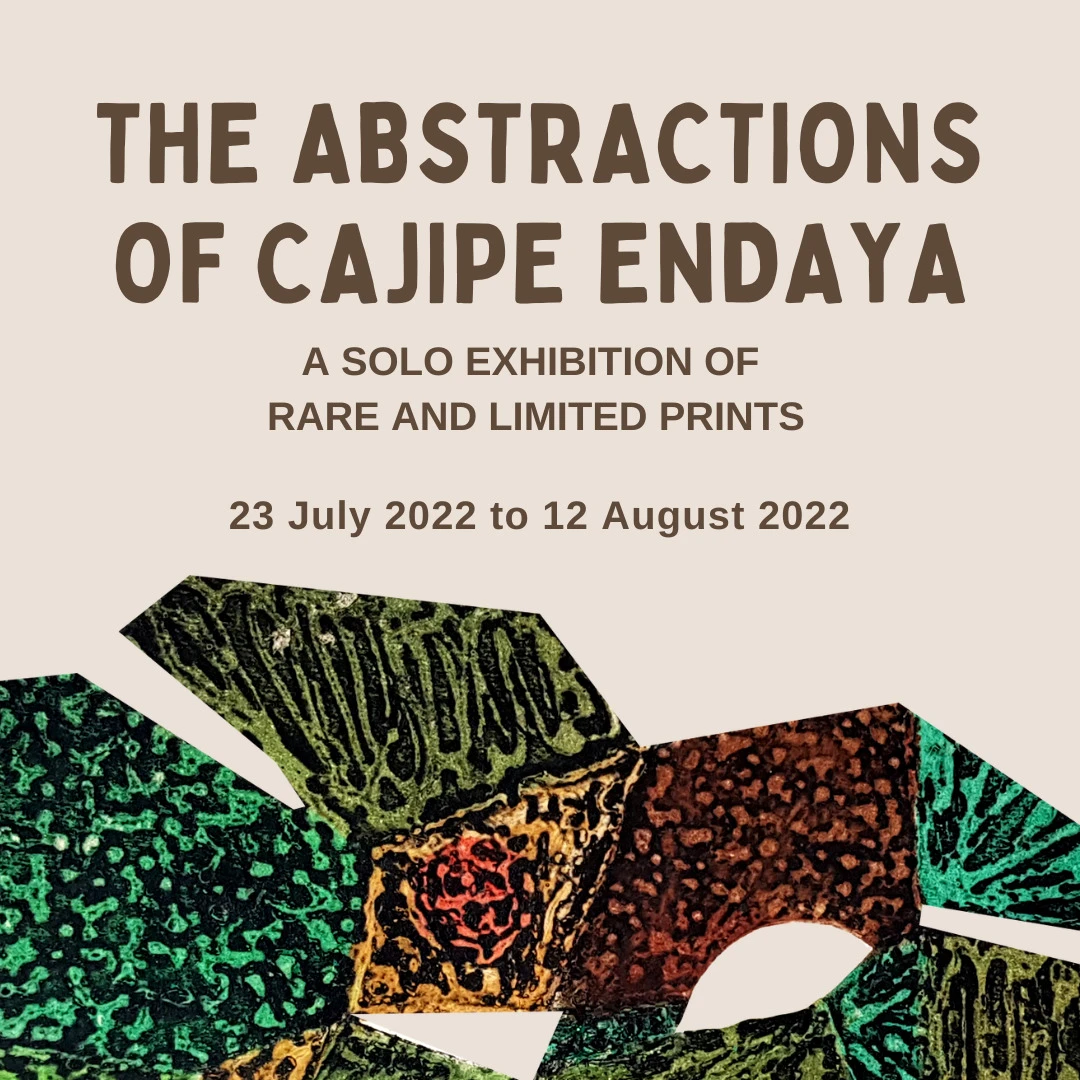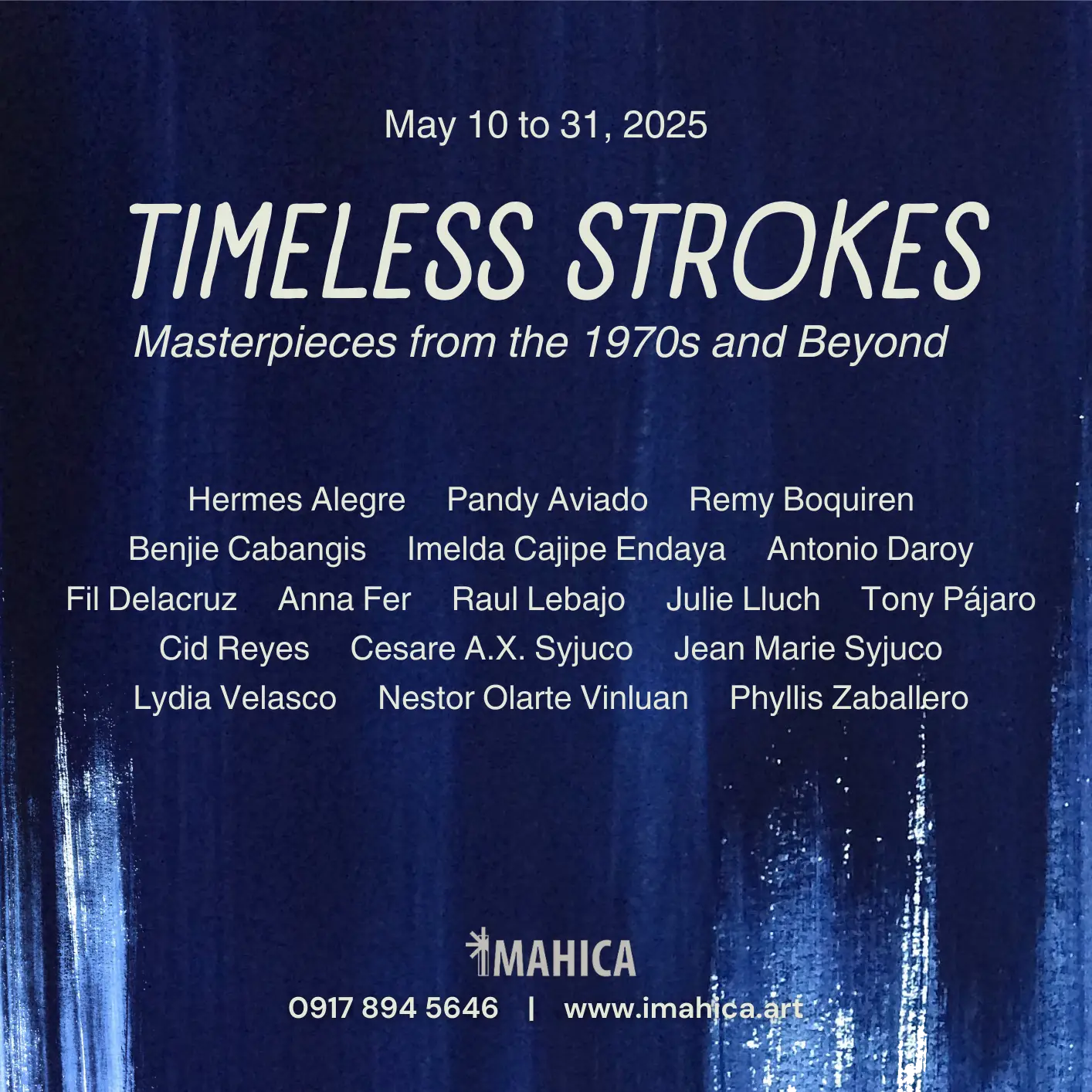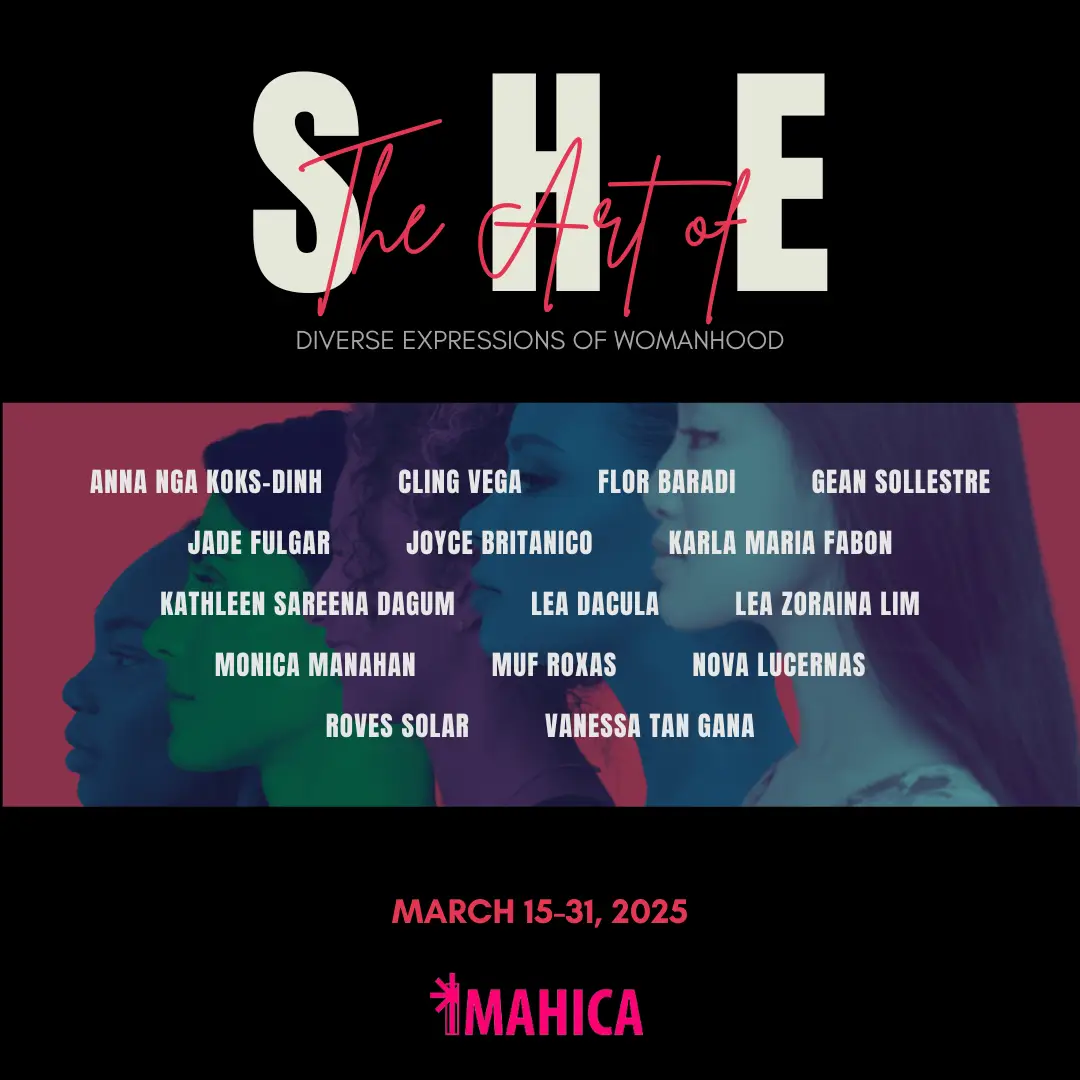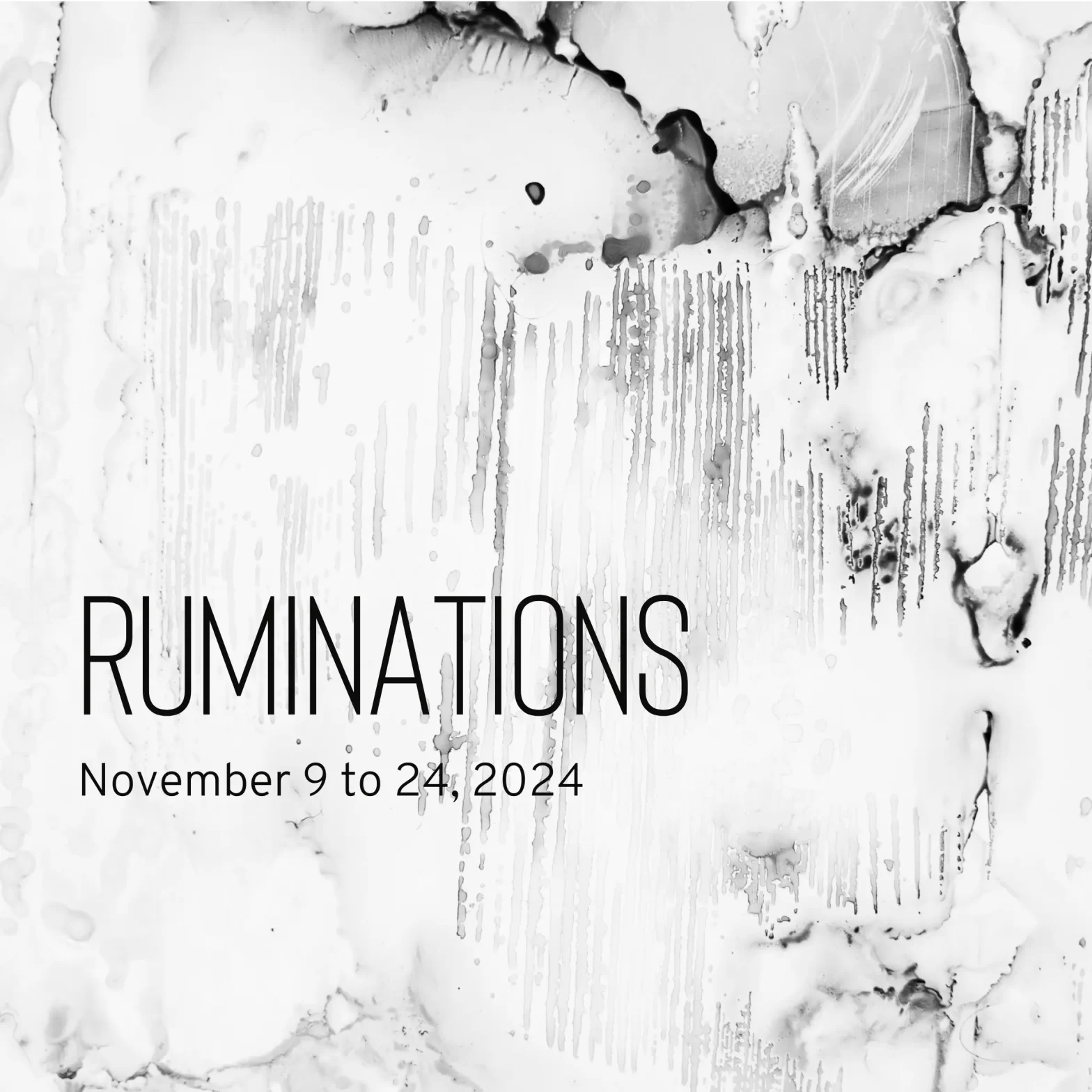When one thinks of the works of Imelda Cajipe Endaya, one of the most eminent artists of the Philippines, she is often equated with her huge representational paintings which incorporate innovative touches such as appliques, pieces of painted cloth blended into massive canvasses which explore nationalist themes, the Filipino identity, Filipino women and social justice. However, not many are aware of her hidden facet and obscure passions: her penchant for abstraction and the persevering, fastidious and exacting printmaker in her.
Deeply buried within her sophisticated, elegant, and contemporary abstract style and enveloped by the subdued, tasteful color sense of her prints, lies the Filipino soul. Her indefatigable quest to search for the Filipino identity is expressed in her cornucopia of ubiquitous objects found and seen in the day-to-day life of Filipinos. Cajipe Endaya explained that she “used abstraction as a composition strategy for her thematic works whether they result into symbolic or representational works.”
She immortalizes everyday objects which are usually taken for granted by using the painstaking and meticulous process of printmaking. She employs complex processes and sophisticated printmaking techniques such as etching, aquatint, and collagraph which she often combines laboriously.
She pays homage to the humble, red salted egg which is a staple in every Filipino’s pantry rich or poor, and a constant craving for immigrants in the West and OFWs (Overseas Filipino Workers) scattered all over the globe. Her love for research on Philippine history inspired her to create a series based on the Boxer Codex, local archeological diggings, Dominican Fray Blancas de San Jose OP, on our pre-colonial “baybayin” script or writing system.
She recalls now forgotten, traditional Filipino children’s games like the “siklot”. She appropriates in her brightly colored prints the triangular form which can be seen in the festive triangular buntings or “banderitas” for town fiestas. This triangular design is also visible in many of our indigenous body tattoos and woven fabrics from North to South.
She features the discarded, empty tin cans of processed food– sardines, sausages, spam, and corned beef popularly consumed by the common “tao”. These tin cans are a metaphor for the “masa”- the Filipino masses treated with insignificance like used tin cans. Her geometric-looking aerial shots of rice paddies are an abstracted homage to farmers and Filipino painters who featured rice fields. Her bright green and cherry pink graphic landscapes glorify the Filipino flora and fauna now endangered by deforestation.
These abstracted mementos of Cajipe Endaya are her visual artifacts embodying the myriad forgotten and denied historical and cultural memories etched in the Filipino soul. This soul has gone through the many painful transitions in our history from the pre-colonial, colonial, pre-war, and post-war eras up to the present. Like the tin cans that are crushed and recycled, the Filipino soul continues its saga to find itself, to find new meaning, and evolve in this challenging, consumerist, and confusing digital 21st century. Cajipe Endaya’s pursuit of truth and love for Philippine history becomes all the more crucial and significant amidst social media, fake news, and the current crusade for historical denialism.
written by Christine H. Carlos





